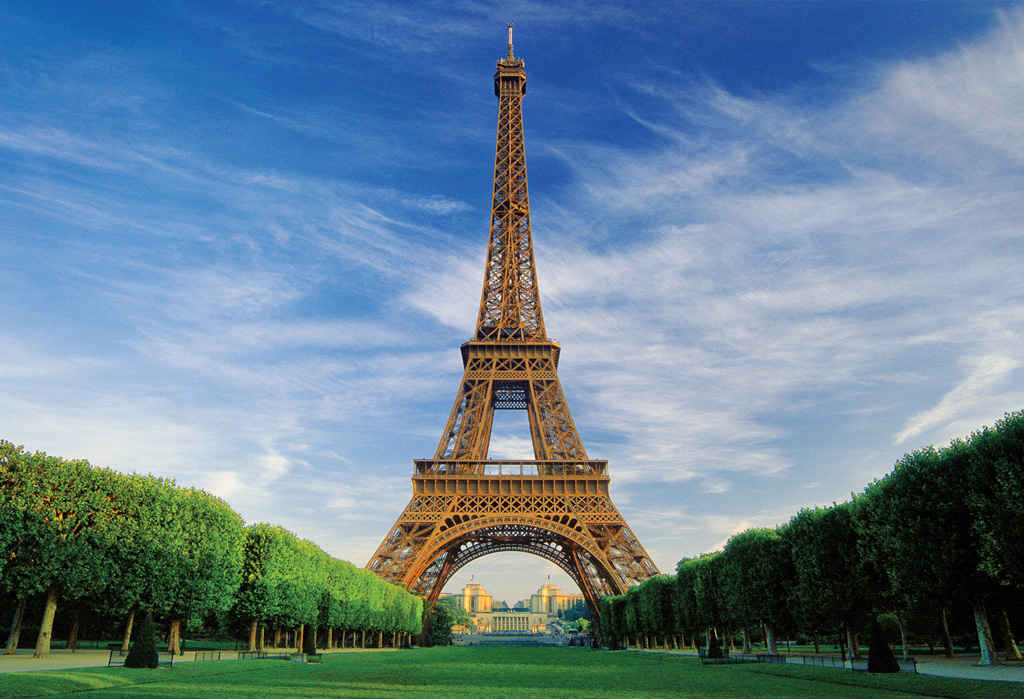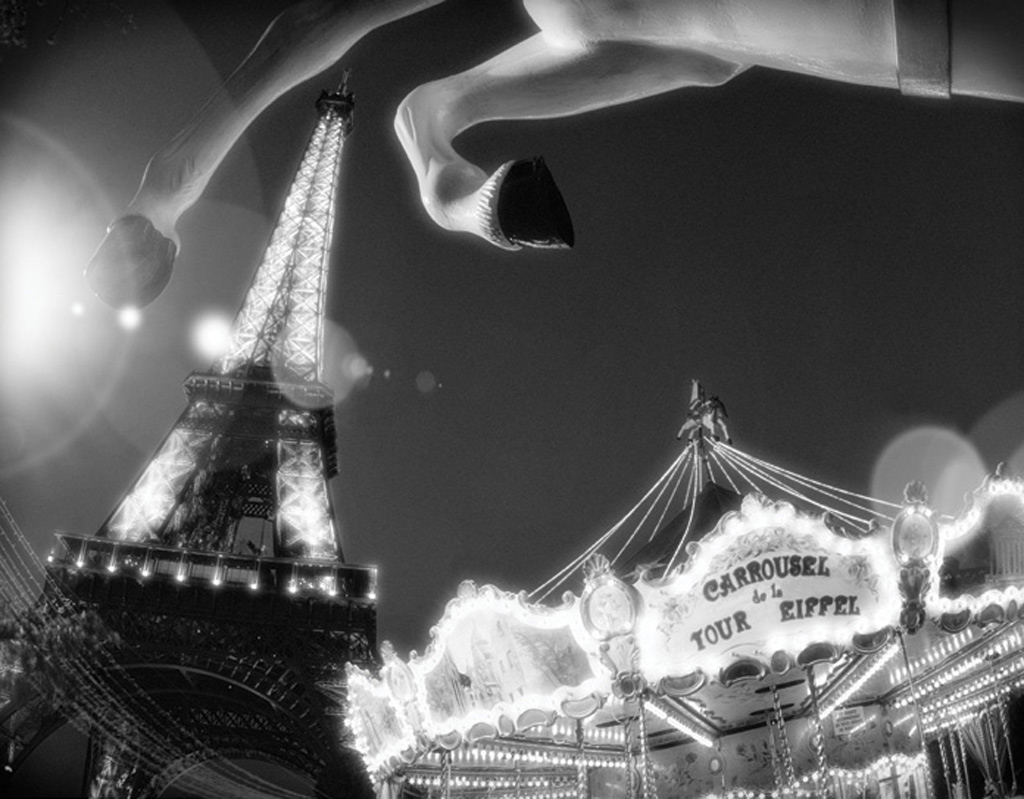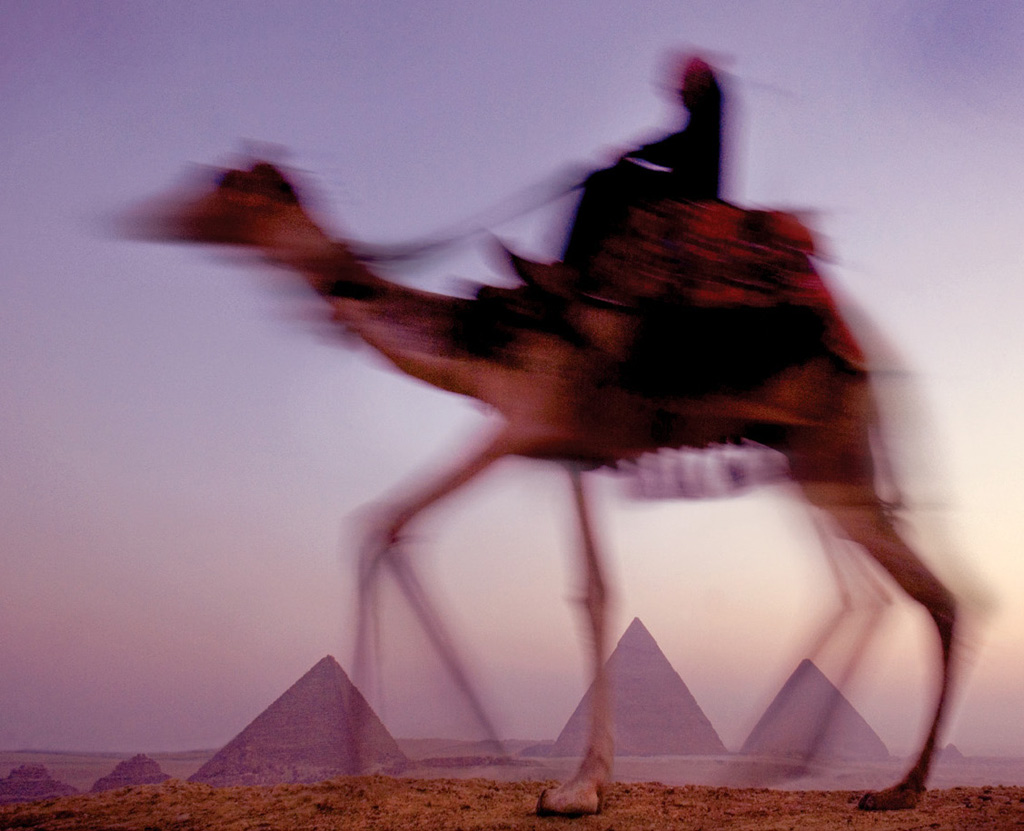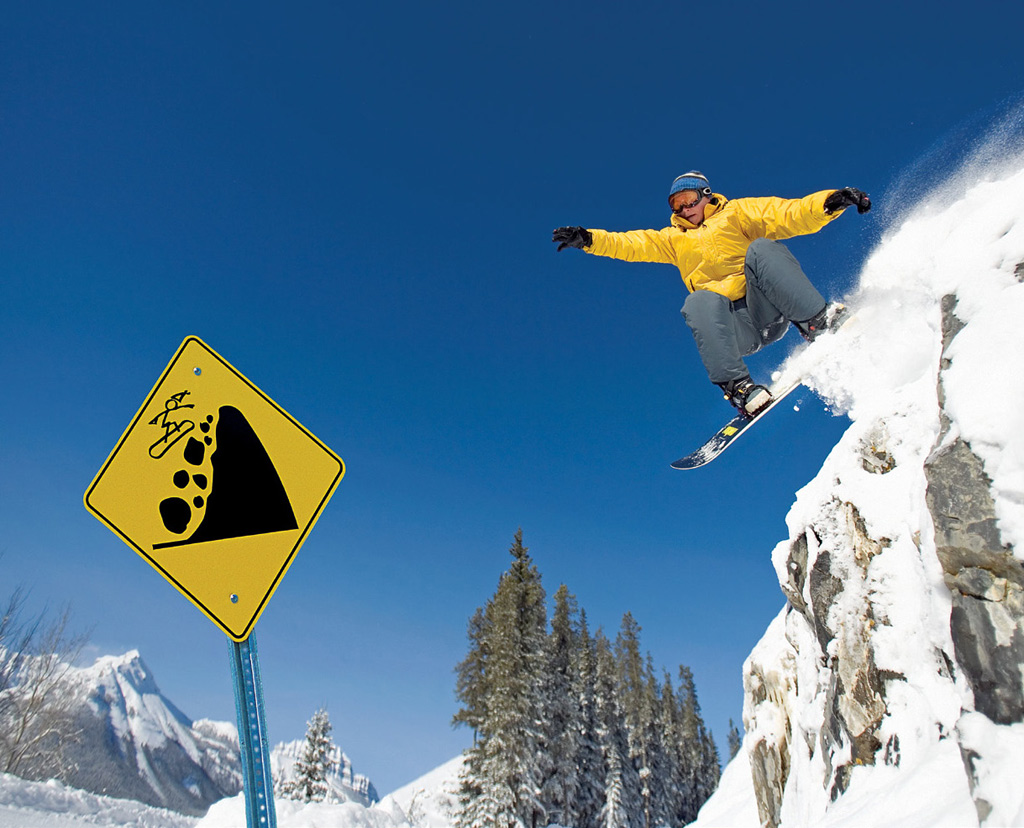Stock photography is icon, symbolism and humour. Nail one of those slippery labels in an image and you have a stock photograph. A picture of a lightning bolt is symbolic for power, energy, nature, electricity and heaven almighty! A picture of a lightning bolt over a barn with cows and a tractor and some birds in trees may be richer visually but is less clear as a symbol, concept or metaphor. The clearer and cleaner you capture the message the better.
Icons
Photographically, an icon is anything that visually communicates a message. For example, one of the best known icons for travel is the Eiffel Tower. It is so widely recognizable that its silhouette alone can be used to communicate Paris, travel, tourism, France, Europe, romance, holiday, couples, beauty, honeymoon, architecture, it goes on – but I’m not getting paid by the word. This is the symbolic language of icons and stock photog- raphy. Kangaroos would be an icon, so would the Great Wall of China, Big Ben, the Pyramids, the Statue of Liberty, gondolas, windmills & tulips, the Acropolis, the Leaning Tower of Pisa, the Taj Mahal etc. These are the images that sell over and over and over again. If you want to make money from your travel photographs shoot the icons! Most locations have them, and they are often not what you think they might be. As Canadians we may believe that the maple leaf is one of our icons, but outside of Canada, it is not well recognized as being a visual symbol of this country, that is our own projection. As corny as it may seem to us, the red surge jackets of the Royal Canadian Mounted Police, and Inukshuks are the two most inter- nationally recognized visual icons of Canada… those two symbols and maybe Justin Bieber.
Most of these icons have been around longer than photography, and you may well ask; “How many more images does the world need of the Eiffel Tower?” I mean really – don’t you think there are enough by now? Apparently not, hundreds more are taken every day and added to the mountain- ous pile already overflowing in stock agency librar- ies around the world. So what’s the point? If tens of thousands of images already exist of the Eiffel Tower (they do), what could possibly be the point of taking more and how could they sell given all the material already out there? I have wondered about this for quite some time, and the only explanation I can give (which is total conjecture), is “the theory of the sediment”.
There seems to be a continual amassing of new images so vast and unmanageable that it is sym- bolic of the continual accumulation of sediment on a lakebed or sea floor. These newer images, slowly but surely, bury the older photos, and no matter how good the older images may be, they eventu- ally succumb to time and are lost under this rain of continually created new sediment.
Symbols
Like icons, symbols communicate an idea or con- cept. Examples of symbols would be a “$” or “£” communicating commerce, money, finance, investing, economics, and profit – also greed, cor- ruption, vice, and decadence. Context plays a big role in how these symbols and icons are perceived, but that’s another topic. Two business people shak- ing hands can communicate all of the above key- words as well as cooperation, partner, agreement, teamwork etc. You know this stuff, it is part of the visual language we all read every day. However, there may be subjects you encounter often when out photographing, but don’t immediately recognize as having symbolic meanings (salability). Lightning, as I mentioned in the introduction is a classic example, and so are bridges, roads, a mountain stream, a green leaf, a door, footprints, a soaring bird or any animal conveying identifiable human characteris- tics – and these are just a few examples. Often, the symbol or concept can be simplified and made more communicative by technique, panning to help convey motion or upward growth, selective focus to isolate, B&W or square crop to simplify, wide angle lens or low point of view to imply scale and distance, or add some texture to hide the fact that you didn’t use a tripod and the image is soft. One of my best selling images shot in Banff National Park has never sold because it’s in Banff National Park, but rather because the image represents the concepts of clean, fresh, outdoors, nature, natural etc.
Humour
Humour is one of those things that loses its’ magic when a definition is attempted. For most of us, we know visual images of humour when we see them. Humour can make almost any subject more sale- able. If you can find a way to inject some humour or wit into an image, do it!
I will finish this thought with a joke that is metaphor for stock photographers, “everyone tells jokes but we still need comedians.”
Okay – one more, “What’s the difference between a 12” pizza and a stock photographer? A 12” pizza can feed a family of four.”











